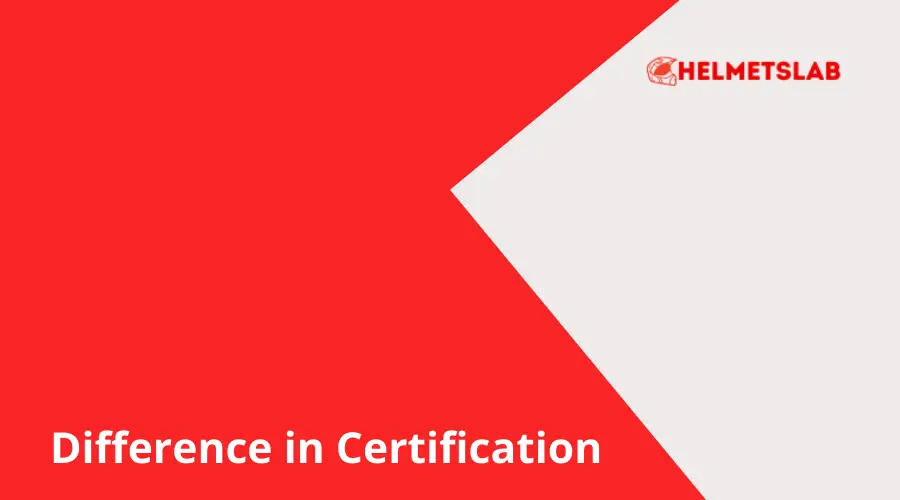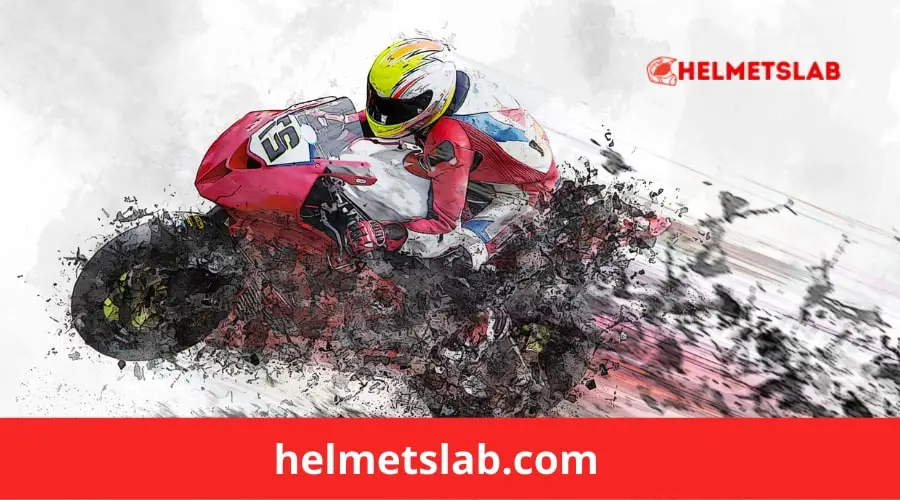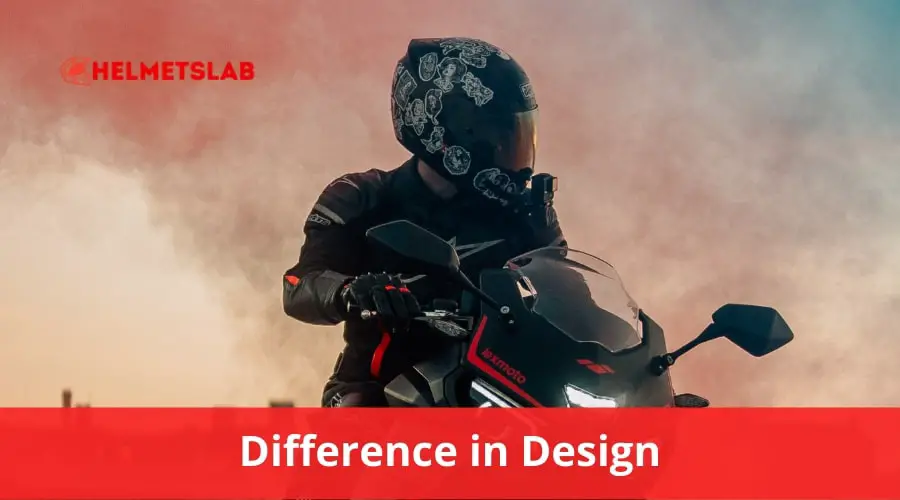When it comes to motorsports, the thrill of the adrenaline rush comes with its own set of dangers. To prioritize their safety, motorists have to use a helmet for protection at all times.
While all helmets are designed to protect the wearer’s head from injuries, not all motorsport helmets are the same.
A motorcycle helmet and a karting helmet are pretty different in certification, design, testing, ventilation, features, and aerodynamics.
Difference in Certification
Karting helmets have properties similar to auto racing helmets that are Snell SA(special application) certified. The only difference is that karting helmets do not have a fire rating.
This is why karting helmets have a separate certification called the Snell K.
If the person driving the kart is below 15 years old, they have to wear a CMR-approved helmet which is made to a lighter weight. This is to decrease the child’s neck load to prevent neck injuries during impact.
A person above 15 is allowed to use a non-CMR helmet.

Motorcycle helmets are Snell M certified, which requires the helmet to have smooth external and internal surfaces while having no to make sure that the helmet is aerodynamic.
Both helmets need to be made of materials that do not degrade due to temperature extremes likely to be encountered in routine storage and transportation.
Materials that are known to cause skin irritations or are conducive to disease cannot be used at all while manufacturing either of the two helmets.
Moreover, both helmets must not have any metal parts in the interior as they might injure the wearer during impact.
Lastly, all helmets will have labeling of the certificate that states the manufacturer and date of production.
Testing Procedure for Certification
The tests that a karting helmet and motorcycle helmets go through are the same. They are:
- Impact Test
The helmet is put on a metalhead, and a series of controlled impacts are carried out on surfaces of various shapes. This may include steel anvils that are flat, hemispheric, roll bared, or horseshoe-shaped to simulate the different effects. - Positional Stability Test
A head form is mounted on a stand to point face downwards at a 135-degree angle. The helmet is placed on it and strapped to obtain a ‘best fit.’ The helmet is then tugged using a wire hooked to some weights to cause a rotational load on the helmet. The helmet might shift but must not roll off the head form. - Dynamic Retention Test
The retention system is checked by fastening the chin strap to a head form, and a 23kg weight is applied to it for about a minute. The retention system fails if it fails to support this load or if the maximum extension of the retention system exceeds 30mm. - Chin Bar Rigidity Test
The chin bar test applies to karting helmets and only full-face motorcycle helmets. The helmet is affixed to a rigid base with the chin-bar facing up, and a 5kg mass is dropped on it such that it lands on the center of the bar. The maximum downward deflection is measured, and if it exceeds a stated value, the helmet will fail the test. - Face Shield Penetration Test
This test is also carried out with karting helmets and full-face motorcycle helmets only. For this test, the face shield needs to be fixed with the helmet and is then shot with an air rifle firing soft lead pellets at three different points. The bumps caused by the impact are measured and should be no more than 2.5 mm deep.

Difference in Design
The main difference between, karting and motorcycle helmets also differ in design, mainly because they are intended for two different motorsports.
A go-kart racer generally sits upright, whereas motorcyclists usually sit perpendicular to the motorcycle’s seat. Thus to provide sufficient protection to the user, a karting helmet has a flat base and round shape, whereas a motorcycle helmet has a tilted base with an elongated back.
In addition, both helmets are full-faced, but motorcycle helmets can be open-faced too.

Difference in Features
Both helmets provide suitable ventilation. But, according to the Snell K and Snell M certification, motorcycle helmets need to have more comprehensive eye ports than karting helmets.
Again, under these certifications, karting helmets have to implement Head and Neck safety devices(HANS), whereas motorcycle helmets support these features but are not required to do so.
Aerodynamics
Both helmets are designed for efficient airflow, however, there are distinct differences in their shape. This is mainly due to how the wearer seats in the vehicle.
Karting helmets are more rounded, whereas motorcycle helmets have sharper edges and an elongated rear section.
Some motorcycle helmets have real spoilers to reduce helmet lift, whereas karting helmets don’t support such features.
Final Words
Both motorcycle and karting helmets are Snell certified and are suited for motorsports. Although both helmets are pretty different, a motorcycle helmet can be used by a go-kart driver under certain circumstances, and a motorcyclist can use a karting helmet.
But, for optimal performance and protection, karting helmets and motorcycle helmets should be used specifically for the motorsport it was intended for.
Helmetslab is a website that focuses on providing in-depth reviews and information about different types of helmets, including motorcycle helmets and others helmets. I am writing a post with proper research on the info that helps helmet users.

